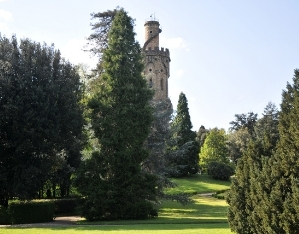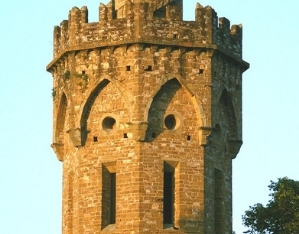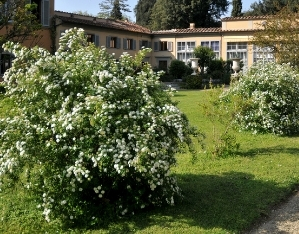Surrounded by high walls, this is Florence’s most important English-style landscape park boasting a complex esoteric symbolism: an extraordinary creation with gentle artificial hillocks and fine tall trees.
The garden was reorganised in 1813 by Marquis Pietro Torrigiani and designed by Luigi de Cambray Digny. At the entrance in via dei Serragli two enigmatic sphinxes mark the beginning of a complex symbolic itinerary connected to Freemasonry, of which both the Marquis and the designer were members. A statue of Osiris stands at the entrance holding in her hands the tablets with the rules for those entering the garden. On the right a column commemorates the work of botanist Pietro Micheli. The itinerary used to wind its way among allegorical sculptures, architectures and plants, which for the most part no longer exist. At the end of the monumental plane-tree avenue stands the elegant neoclassical villa, with two formal gardens either side with marble vases and splendidly arranged flowerings. Paths bordered with bay tree hedges lead to a bamboo grove and to the




